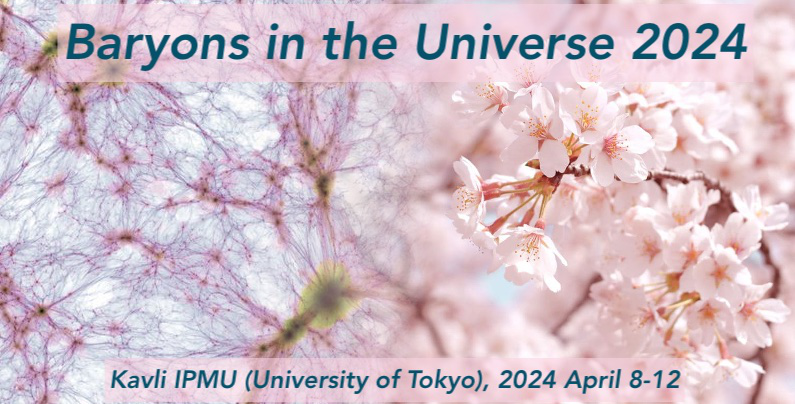Speaker
Description
"Galaxy clusters are the most massive gravitationally bound objects in the Universe. They are powerful cosmological probe, being able to constrain the matter distribution in the recent Universe.
In the cluster cosmological analysis, the measurement of cluster mass is a key ingredient. Nevertheless, cluster masses cannot be measured directly. We rely therefore on scaling relations, linking cluster masses to the survey observables, such as the galaxies inside the clusters, the pressure, temperature and luminosity profiles. The modelling of these relations rely therefore on the knowledge of baryons distribution in the dark matter gravitation well and of the astrophysical processes that might impact this distribution.
In this talk, I focus on clusters detected in the mm wavelength, using observations of the Planck satellite and combining them with detections from the South Pole Telescope.
Analysing results from cluster number counts and gas fraction, I will show the impact on the cosmological analysis of the mass estimation and of all the assumptions performed when describing the gas distribution inside galaxy clusters."

